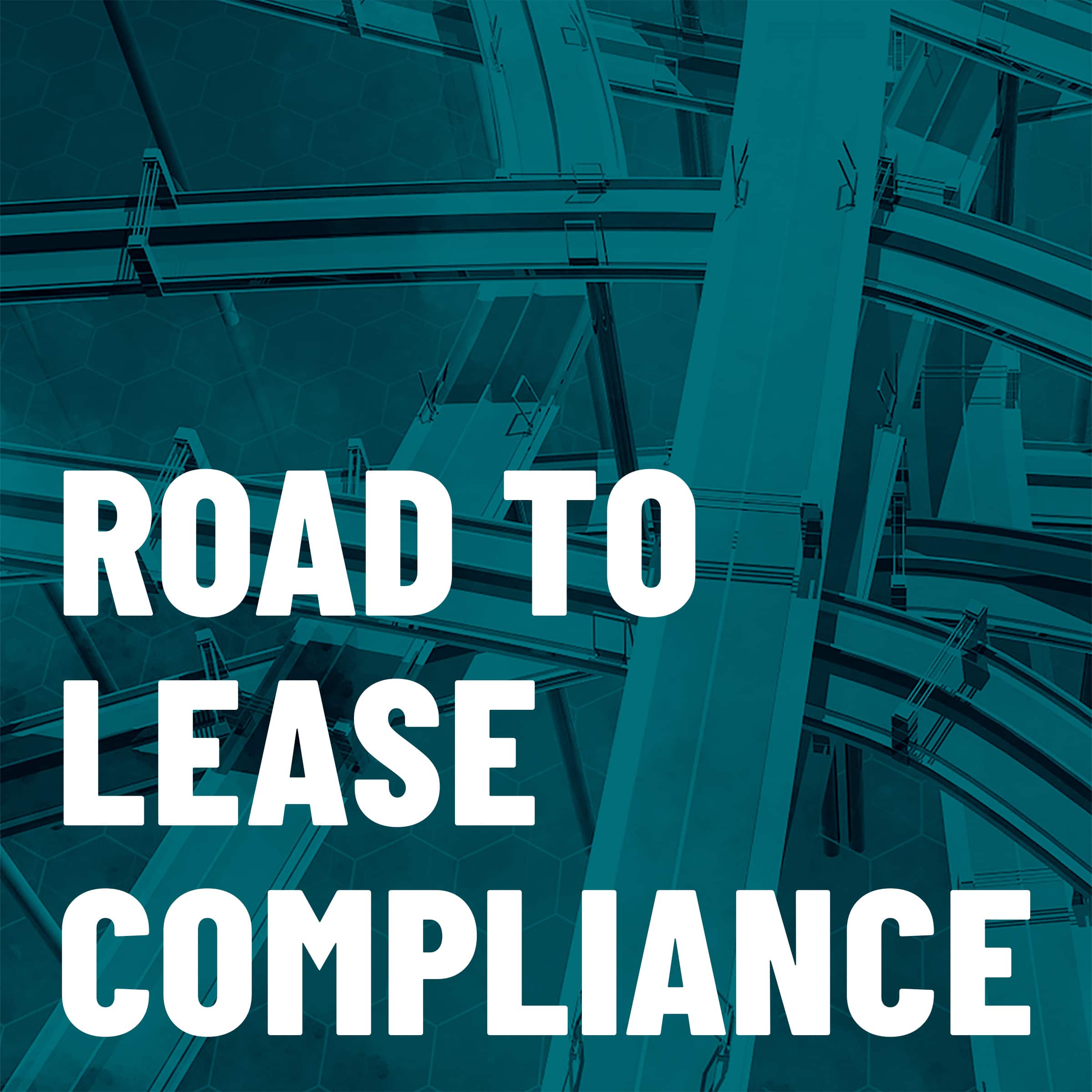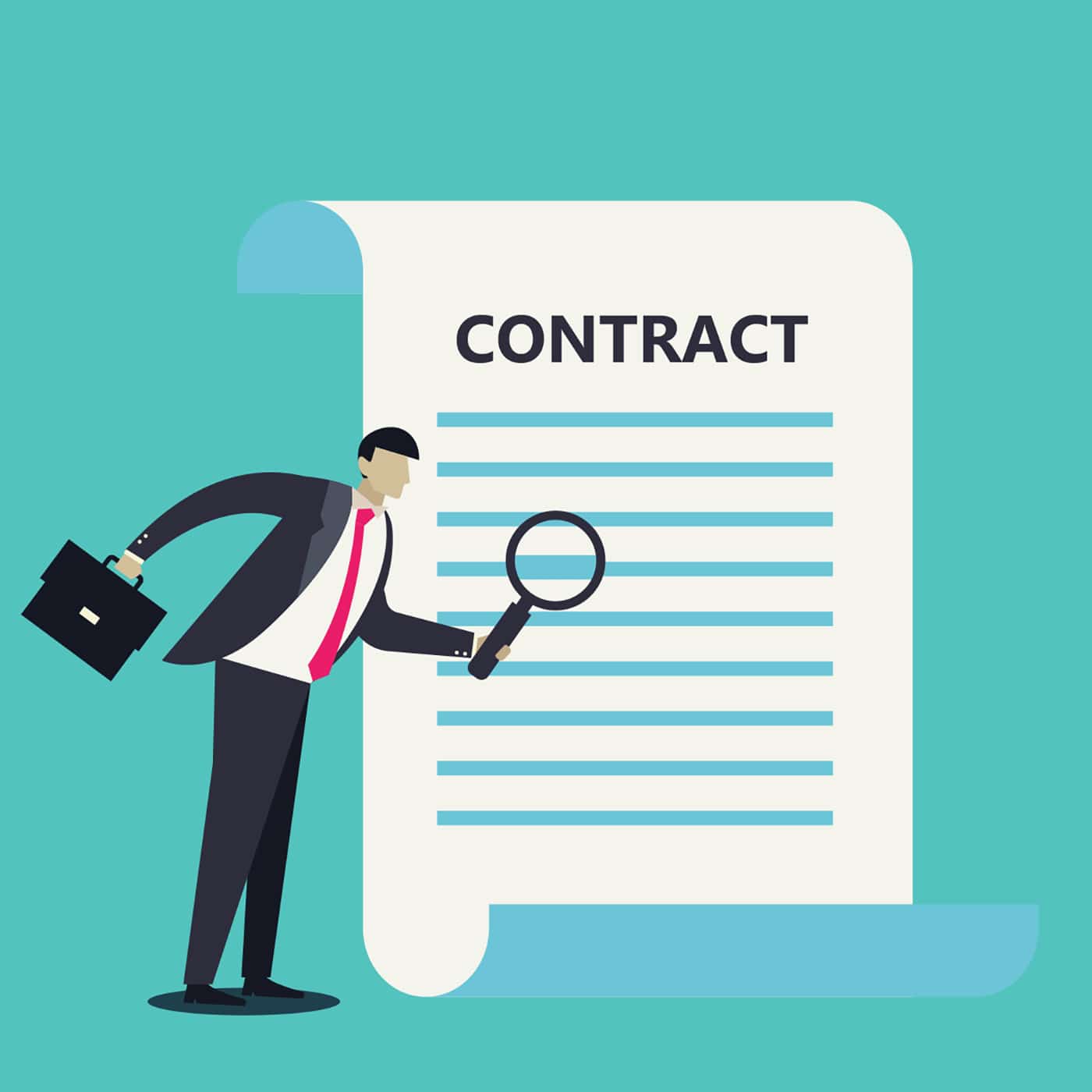Bart Are you feeling worried about the looming deadline for FASB and IFRS lease accounting compliance? Well, if you are, you’re not alone. Welcome to Tango’s Road to Lease Accounting Compliance Podcast Series where we’ll be discussing the steps a company needs to address in order to ensure that your organization is ready. We’ll be covering everything from setting strategy to understanding policy, handling data requirements, picking the best technology and finally institutionalizing the right processes and controls to ensure that they represent a permanent shift in the way you account for leases.
Hello, everyone, and welcome back to Tango’s Road to Lease Compliance Podcast Series. My name is Bart Waldeck. I’m Chief Marketing Officer and Senior Vice President of Product Strategy at Tango. Today’s episode focuses on the policy stage of the road to lease compliance, and within that stage, the concept of lease and non-lease components.
Joining me today are Rick Zelinsky, Vice President of Product Strategy here at Tango and the main architect behind our lease solution, and once again Kristin McLaughlin, Senior Director of Technical Accounting at RSM US LLP. It’s great to have Kristin back to provide insight into some of the key ASC 842 policy decisions that many companies are wrestling with. Welcome Rick and Kristin and thanks for joining us today. Let’s jump in to today’s topic, lease and non-lease components. Rick, why don’t you go ahead and kick us off?
Rick Sure. Bart, one of the issues companies are wrestling with as they adopt ASC 842 is whether or not to use practical expedient to separate their lease and non-lease components. Kristin, perhaps you can explain what constitutes a lease and a non-lease component.
Kristin Sure, Rick. ASC 842 requires an entity to account for each separate lease and non-lease component. Under 842, a company must first determine if a contract is a lease. The next step is then to determine if you have a lease and non-lease component.
A separate lease component exists when a lessee can benefit from the right to use an asset either on its own or together with highly readily available resources and when the right to use the asset is not highly dependent on or highly interrelated with other assets in the contract. Land is considered a separate list component. Non-lease component exists in the lease contract when a provision in the lease transfers an additional good or service to the lessee.
Many contracts contain a lease and also an agreement to purchase other goods or services. Executory contracts for services that involve the use of equipment but do not convey the right to use the equipment to the customer are not leases and should be accounted for as a service.
Bart It doesn’t sound totally straightforward and I know it can even get more complicated. For example, what if there are multiple assets in a single contract?
Kristin Yeah, that is a complicating factor, Bart. Single lease components supplies both to lessee and lessor with contracts containing the right to use multiple assets. Under the requirements of ASC 842, lessees and lessors will need to assess lease classification and measure and recognize leases at the lease component level. Consider, for example, a contract where a lessor leases a bulldozer, a truck and a crane to a lessee and agrees to maintain each piece of equipment throughout the lease term. Both the lessor and lessee might conclude that the bulldozer, truck and crane are each a separate lease component because the lessee can benefit from the use of each piece of equipment on its own and because the machines are not highly dependent on or highly interrelated with each other. The equipment maintenance services provided under the contract would represent a non-lease component. They provide a distinct service to the lessee.
Bart If a company chooses not to elect the PE, are there any implications to that decision?
Kristin If the practical expedient is not elected, ASC 842 requires the company to allocate consideration in a lease contract to each separate lease and non-lease component identified. Regardless of whether the practical expedient is elected, the company will need to identify all lease components included in lease contract and determine if the lease components identified are the same. The identification of separate lease and non-lease components within lease contracts is critical in determining the right of use asset and lease liability. If the practical expedient is not elected, non-lease components will need to be accounted for in accordance with other accounting standard such as ASC 606.
Note that the identification of separate lease contracts can impact lease classification. Also not separating lease components can increase the risk of impairment of the right of use asset due to a higher value being ascribed to the right of use asset.
The standard also specifies that land should be considered a separate lease component regardless of whether being distinct from other lease components unless accounting for the land separately would be insignificant. In doing so, a company will need to determine whether or not accounting for land separately would impact the lease classification, the balance sheet presentation of the right of use asset and lease liability, the timing and classification of expense or income recognition, the classification of lease payments in the statement of cashflow and the footnote disclosures.
Rick Kristin, perhaps you could share how current GAP differs from ASC 842.
Kristin Happy to. Payments for a common area maintenance known as CAM, real estate taxes and insurance costs are considered executory costs under current GAP and are excluded from minimum lease payment. Under ASC 842, payments for the reimbursement of lesser costs such as real estate taxes and insurance are not considered separate lease components and payments that relate to the transfer of additional services such as CAM would represent non-lease component.
Under current GAP, companies are not focused on identifying lease and non-lease components because their accounting treatment is often the same. However, because most leases are recognized on lessee’s balance sheet under ASC 842, lessees will need to put a more robust process in place to identify the lease and non-lease components of the contract. Under ASC 840, land was required to be accounted for separately and a lease for land and building when the fair value of the land was 25% more of the total fair value of the property at lease inception. Under current GAP lessees and lessors generally account for leases on multiple assets together, especially in cases where the assets are not operated independently.
Bart That wraps today’s Road to Lease Compliance Podcast episode Lease and Non-lease Components. Thanks for joining, Rick, and special thanks to you, Kristin, for all the technical accounting guidance. Please join us for future podcast along the road to lease accounting compliance.





